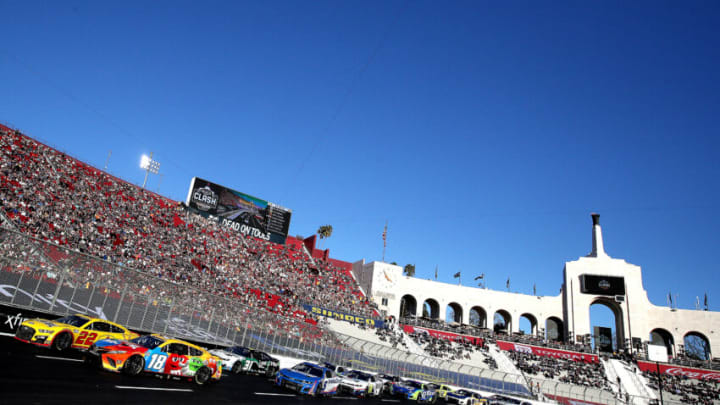NASCAR: 3 biggest takeaways from the Busch Light Clash
By Randy Smith

Takeaway No. 3 – Short tracks brings out a whole different side of NASCAR
Phoenix Raceway was the last track at which the NASCAR Cup Series raced before the 2021 season ended in early November, and due to its renovations in 2017 and 2018, it has shown itself to be more of a short track than not.
But the last pure short track at which NASCAR raced was Martinsville Speedway, which produced a finish that saw Alex Bowman spin Denny Hamlin to take the lead before holding off the field in overtime to win his first grandfather clock back in late October.
However, the action produced by these two tracks does not compare to the action that took place in the Busch Light Clash. The last chance qualifying races saw action on nearly every lap with drivers left and right, top and bottom, looking to make a move.
Arguably the most aggressive driver in the field was Petty GMS Motorsports’ Ty Dillon, who won the second last chance qualifying race but was later disqualified due to a violation he committed on the final restart.
Next. Top 25 drivers of all-time. dark
Short track racing makes motorsports a contact sport to the highest degree, and with rivalries being big for entertainment, it’s easy to see why this quarter-mile track was built.
While superspeedways and even 1.5-mile tracks are too dangerous for a driver to dump another driver in retaliation for the action that occurred in Los Angeles, expect drivers to cite the Busch Light Clash when an inevitable wreck happens at some point down the road this season.